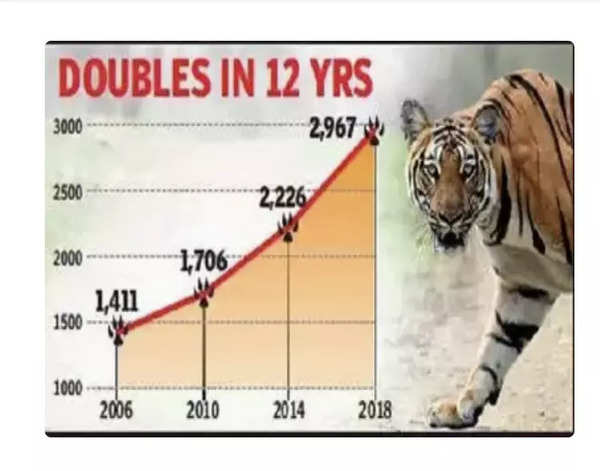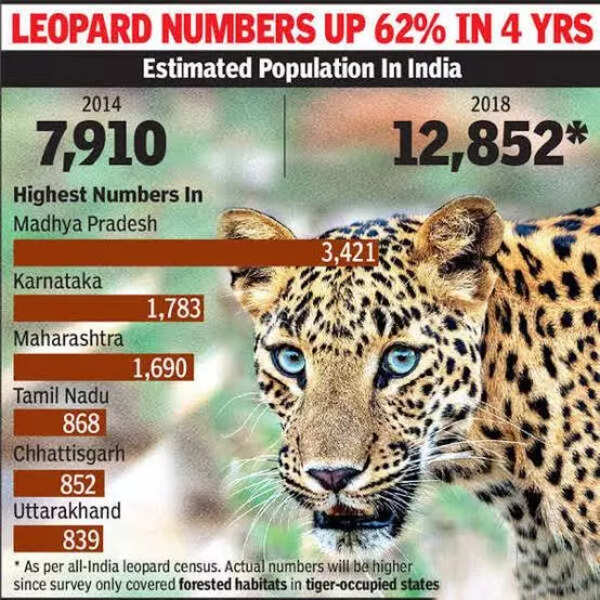[ad_1]
The IBCA aims to focus on protection and conservation of seven major big cats of the world — Tiger, Lion, Leopard, Snow Leopard, Puma, Jaguar and Cheetah — through curbing poaching and illegal wildlife trade.
The launch of the Alliance and release of tiger numbers will happen on the first day of the three-day Indian Conservation Conference (ICC), marking the celebration of 50 years of Project Tiger which was launched by the then Prime Minister Indira Gandhi on April 1, 1973.

The three day mega event in Mysuru will showcase India’s tiger conservation success globally to garner more political and public support for tiger conservation. A commemorative coin of Rs 50 will also be released by Modi on completion of 50 years of Project Tiger.
Before attending the commemorative function in Mysuru, the Prime Minister will visit Bandipur Tiger Reserve and interact with frontline field staff and Self Help Groups involved in conservation activities. He will also visit the Theppakadu Elephant camp in Mudumalai Tiger Reserve and interact with mahouts and kavadis of the elephant camp.
With a current population of 2,967 (as per 2018 census), India harbours more than 70% global wild tiger population. Tiger population in the country is increasing at an annual rate of 6%. India doubled its wild tiger population in a span of about 12 years between 2006-18.

The initial coverage of the Project Tiger included nine tiger reserves spread over 18,278 sq km which has expanded many folds and the country currently has 53 tiger reserves covering more than 75,000 sq km (approximately 2.4% of the country’s geographical area) of tiger habitat. The tiger population increased by 33% from 2,226 in 2014 to 2,967 in 2018.
As far as the Asiatic lion population is concerned, the number reported an increase of nearly 29% — from 523 in 2015 to 674 in 2020. The widely distributed leopard population has, on the other hand, seen an increase of over 62% (from 7,910 in 2014 to 12,852 in 2018).
[ad_2]
Source link





Join The Discussion